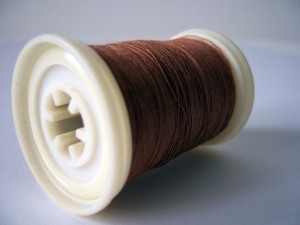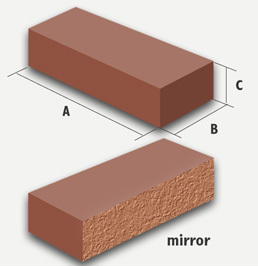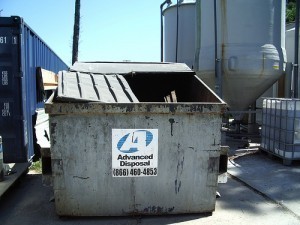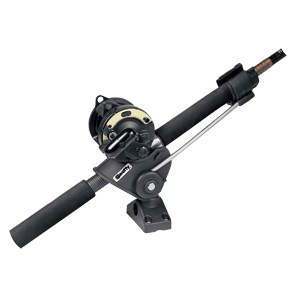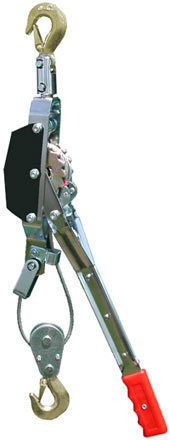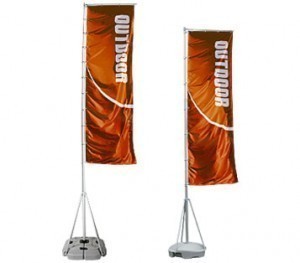Mason Jar Sizes
Several mason jar sizes are available for use. The most common are the cup, half-gallon, quart and pint. They are also available in the standard mouth (2 3/8 inch) and wide-mouth (3 inch diameter) openings.
Definition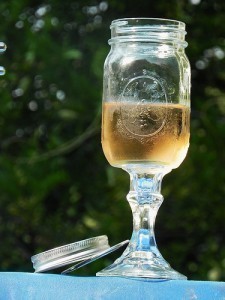
The name is often applied to two-piece cover jars. The cover will be glass or flat metal. A screw ring is used to cover it. The lid is kept in place by the ring during the canning procedure. The process generates a small vacuum and keeps the seal closed. The lids are sold separately so the rings and jars are reusable.
Origin
The various mason jar sizes came from its inventor John Landis Mason. The idea for the jar came to him in 1858. Thanks to Mason’s invention, it became possible to preserve food in homes. Because the neck jars were threaded, jars could be used repeatedly. All glass home canning jars are still known by his name.
Variants
The most widely used is the quart size, although pint sizes are also popular. Modern jars are made of clear glass. Old jars are comprised of different colors. Among the most popular colors are often in aqua, milk glass, amber, cobalt blue and emerald green. Colors were used not for aesthetic purposes.
People thought then colors helped with food preservation. Different closures are used, such as E-Z seals and metal lids. The former has glass lids with gaskets made of rubber. There is a metal sealing device connected on the jar.
Other Information
These jars have largely been superseded by mass production. However, these antique jars are sought after by collectors. Many of the jars sold have an 1858 stamped on them. But some of these jars were actually made much later than that.
Prior to 1915, these jars were created from blown glass. Its most conspicuous feature is its pontil scar or round raised part. Mold seams are visible in molded glass. Blown glass is more sought after than molded types.
Value
The price is determined by its color, age, mold and production marks. The price ranges from $5 to well over thousands of dollars. The value of a jar goes up if the lid is still there. The value can go up by as much as fifty percent.
Mason jar sizes do not indicate its value. It is all in the age and quality. Be aware that there are fakes, so make sure to get one that is genuine.
